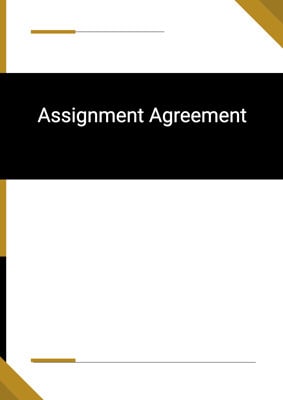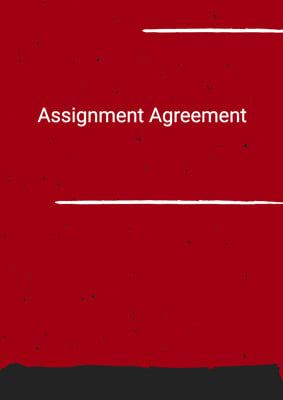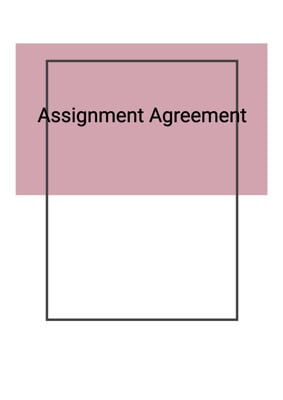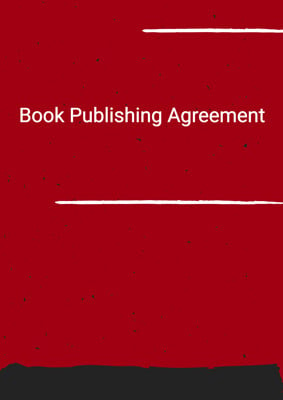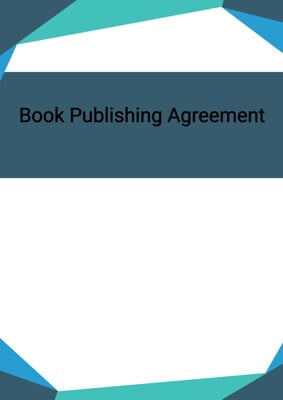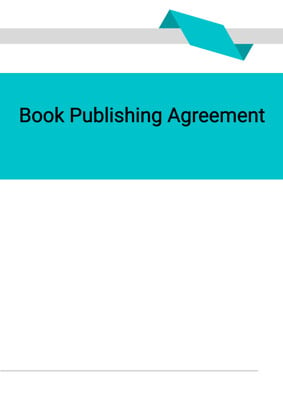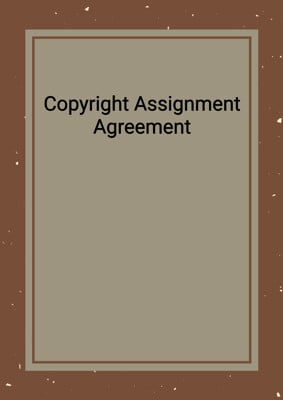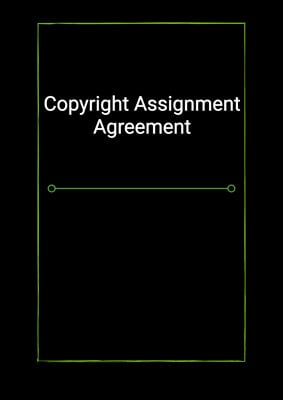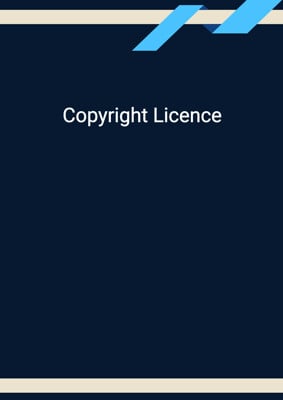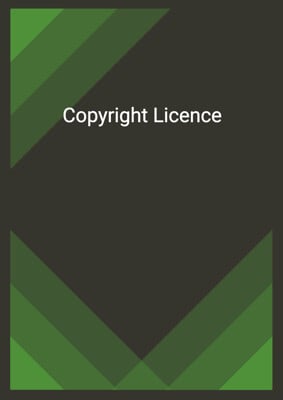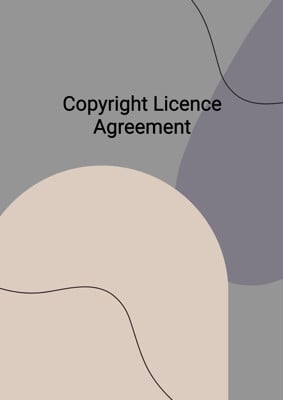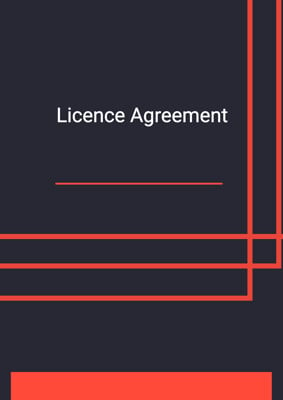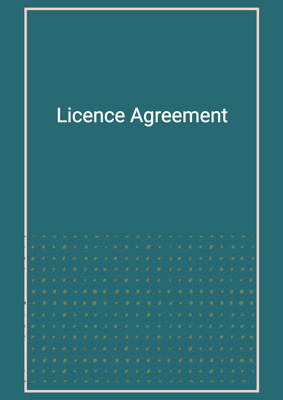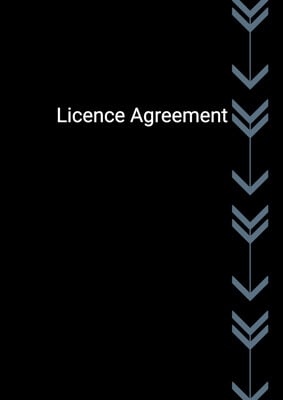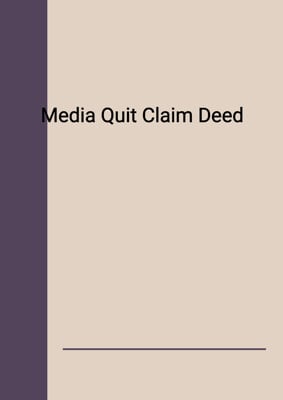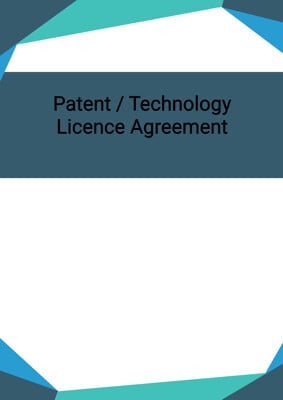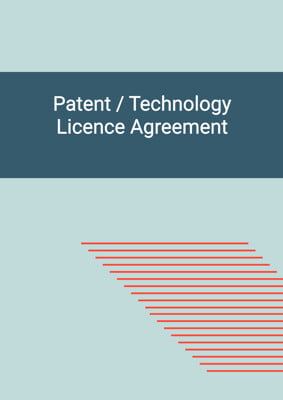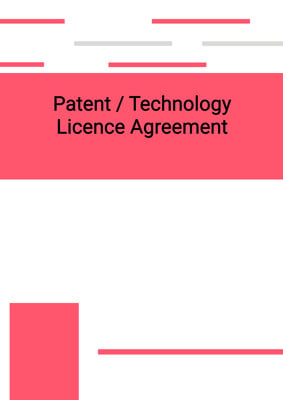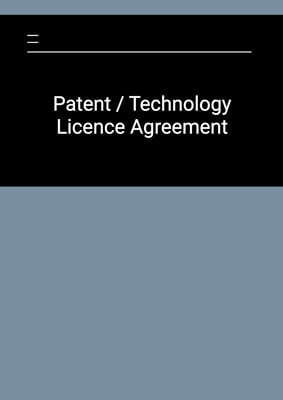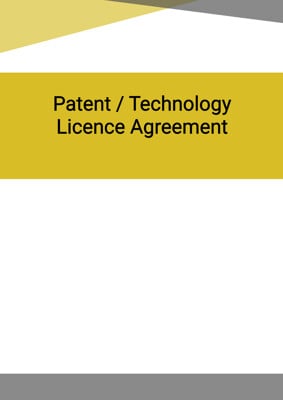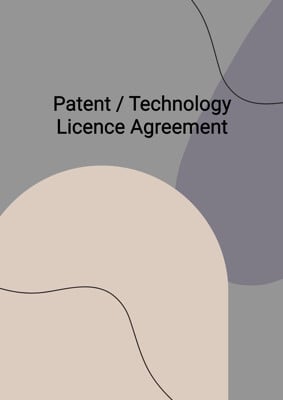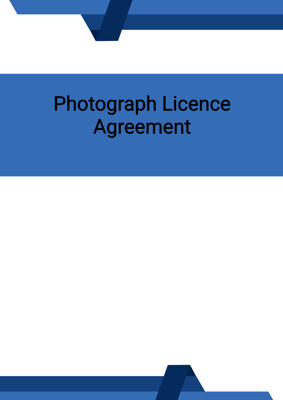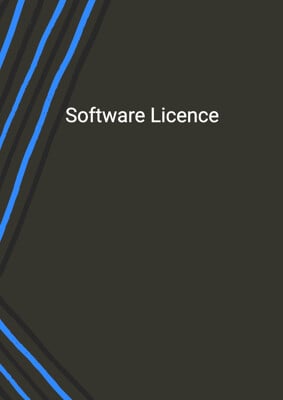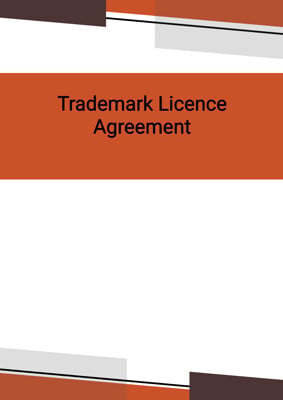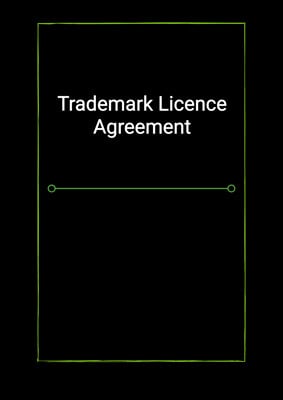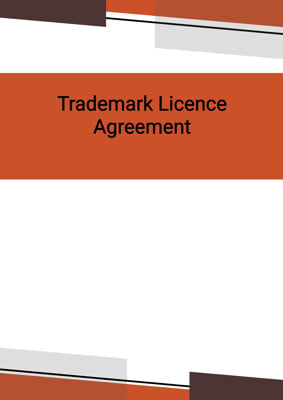How to Tailor the Document for Your Need?
01
Create Document
Fill in the details of the parties. You can click the "Fill with Member’s Information" button to complete it with information saved to your account.
02
Fill Information
Please fill in any additional information by following the step-by-step guide on the left hand side of the preview document and click the "Next" button.
03
Get Document
When you are done, click the "Get Document" button and you can download the document in Word or PDF format.
04
Review Document
Please get all parties to review the document carefully and make any final modifications to ensure that the details are correct before signing the document.
Document Preview
Document Description
The Royalty Sharing Agreement is a document that outlines the ownership and sharing of royalties and sale proceeds between two parties, Party A and Party B. The agreement is entered into in order to record the agreement regarding the ownership and sharing of royalties and sale proceeds with respect to a specific work that the parties have collaborated on. The document starts with a brief introduction, stating the purpose of the agreement and the mutual promises made by the parties.
The first section of the document focuses on the ownership of the work. It states that the copyright in the work shall be jointly registered and held in the names of both Party A and Party B. However, there is an alternative provision if the parties agree that the copyright shall be registered in the name of ownership not joint. This section ensures that both parties have equal rights and ownership over the work.
The second section of the document deals with the sharing of royalties and sale proceeds. It specifies that the royalties derived from the publication of the work and from the disposition of any subsidiary rights will be divided between the parties according to a specified percentage. It also states that the proceeds from the sale of the work will be divided between the parties according to a specified percentage. This section ensures that both parties are aware of how the royalties and sale proceeds will be shared.
The third section of the document addresses the agreement to sell, publish, distribute, or license the work. It states that the parties shall mutually select an agent to handle the disposition of subsidiary rights in the work. It also emphasizes that no agreement to exploit the work or for the disposition of any subsidiary rights shall be valid without the signature of both Party A and Party B. This section ensures that both parties have control over the sale, publication, distribution, or licensing of the work.
The fourth section of the document focuses on the warranty. It states that each party represents and warrants that they have the power to enter into and perform their obligations under the agreement. It also states that each party has obtained all necessary approvals and consents to authorize their entry into and performance of the agreement. This section ensures that both parties are legally capable of fulfilling their obligations.
The fifth section of the document deals with the term and termination of the agreement. It states that the agreement commences on a specified date and continues until terminated in accordance with the specified provisions. It also specifies the conditions under which either party may terminate the agreement. This section ensures that both parties are aware of the duration of the agreement and the circumstances under which it can be terminated.
The sixth section of the document addresses dispute resolution. It states that if there is a disagreement between the parties on the interpretation of the agreement or any aspect of the performance of their obligations, they shall meet in good faith to resolve the disagreement. If resolution does not occur, the parties may appoint a mediator or independent expert to resolve the dispute. This section ensures that both parties have a mechanism for resolving disputes in a fair and efficient manner.
The seventh section of the document focuses on severability. It states that each provision of the agreement is severable, meaning that if any provision or term becomes illegal, invalid, or unenforceable, it can be deleted from the agreement without affecting the rest of the document. This section ensures that the agreement remains valid and enforceable even if certain provisions are deemed invalid.
The eighth section of the document deals with waivers and amendments. It states that no failure or delay by either party in exercising any right, power, or privilege under the agreement shall operate as a waiver of that right. It also states that the rights and remedies provided in the agreement are cumulative and not exclusive. This section ensures that both parties have the ability to enforce their rights and remedies under the agreement.
The ninth section of the document states that the agreement contains the entire agreement between the parties regarding the subject matter and that there are no other promises or conditions in any other agreement, whether oral or written. This section ensures that the agreement is comprehensive and that there are no additional terms or conditions outside of the document.
The tenth and final section of the document addresses the governing law and jurisdiction. It states that the parties shall use all reasonable endeavors to resolve any dispute amicably and in good faith. It also includes a jurisdiction clause, stating that any legal proceedings arising from the agreement shall be subject to the jurisdiction of a specified court. This section ensures that both parties are aware of the governing law and jurisdiction in the event of a dispute.
In conclusion, the Royalty Sharing Agreement is an important document that outlines the ownership and sharing of royalties and sale proceeds between two parties. It covers various aspects such as ownership, sharing of royalties and sale proceeds, agreement to sell or license the work, warranty, term and termination, dispute resolution, severability, waivers and amendments, and governing law and jurisdiction. The agreement ensures that both parties are aware of their rights and obligations and provides a framework for resolving any disputes that may arise.
How to use this document?
1. Enter the names and principal places of business of Party A and Party B in the agreement. This ensures that both parties are clearly identified.
2. Specify the ownership of the work. If the copyright is to be jointly registered and held in the names of both parties, include the relevant provision. If the copyright is to be registered in the name of ownership not joint, include the alternative provision.
3. Determine the percentage of royalties that each party will receive from the publication of the work and the disposition of subsidiary rights. Specify these percentages in the agreement.
4. Determine the percentage of proceeds from the sale of the work that each party will receive. Specify these percentages in the agreement.
5. Select an agent to handle the disposition of subsidiary rights in the work. This agent should be mutually agreed upon by both parties and should be specified in the agreement.
6. Ensure that any agreement to exploit the work or for the disposition of subsidiary rights is signed by both Party A and Party B. This ensures that both parties have control over the sale, publication, distribution, or licensing of the work.
7. Represent and warrant that both parties have the power to enter into and perform their obligations under the agreement. Obtain any necessary approvals and consents to authorize the entry into and performance of the agreement.
8. Specify the commencement date of the agreement and the conditions under which either party may terminate the agreement. Provide a notice period for termination and specify the circumstances under which immediate termination is allowed.
9. In case of a dispute, meet in good faith to resolve the disagreement. If resolution does not occur, consider appointing a mediator or independent expert to resolve the dispute.
10. Ensure that each provision of the agreement is severable, meaning that if any provision becomes illegal, invalid, or unenforceable, it can be deleted from the agreement without affecting the rest of the document.
11. Understand that no failure or delay in exercising any right, power, or privilege under the agreement operates as a waiver of that right. The rights and remedies provided in the agreement are cumulative and not exclusive.
12. Remember that the agreement contains the entire agreement between the parties regarding the subject matter. There should be no other promises or conditions in any other agreement, whether oral or written.
13. Be aware of the governing law and jurisdiction. Use all reasonable endeavors to resolve any dispute amicably and in good faith. Any legal proceedings arising from the agreement should be subject to the jurisdiction of the specified court.
Please note that this guidance is a summary and does not constitute legal advice. It is important to consult with a legal professional to ensure that the agreement is tailored to your specific needs and complies with applicable laws and regulations.
Not the right document?
Don’t worry, we have thousands of documents for you to choose from:

